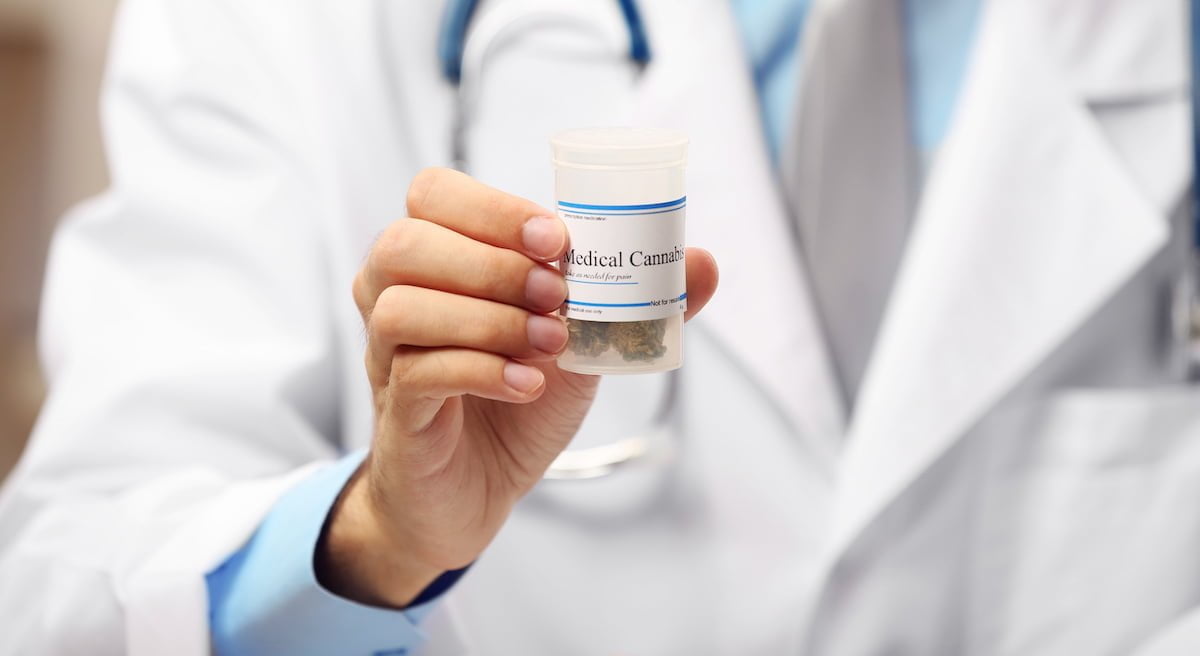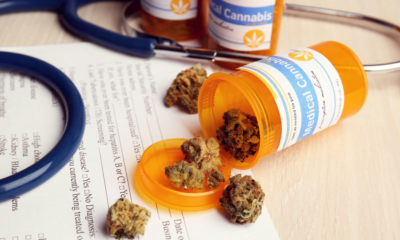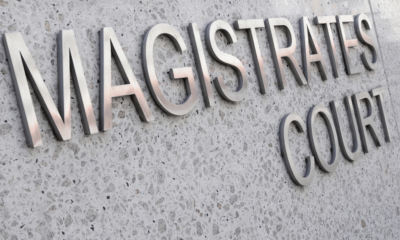In a new series a UK cannabis prescriber shares what he has learned on his journey so far.
Here, consultant psychiatrist and cannabis clinician, Dr Tahzid Ahsan, explores the history and science of cannabis as a medicine and the practicalities of becoming a prescriber in the UK.
When I first embarked on my journey through medical cannabis prescribing, I assumed that there were plenty of well-versed protocols and a neat manual for new prescribers. I was very wrong indeed.
Back in September 2020 there were a handful of medical cannabis clinics that had been established nationwide, with only two pharmacies. I decided to join The Medical Cannabis Clinics (TMCC) as it was the most established clinic at the time. This is a fairly new and emerging industry within modern medicine, where the clinical prescribing information available is sparse.
There was no formal application process, I contacted the clinic myself to be put through to the operational lead. I undertook their training and onboarding process, including a day with Professor Mike Barnes, who I consider the founding inspiration of the UK medical cannabis industry.
Professor Barnes is a consultant neurologist and a medical cannabis expert with over 20 years experience. He is a staunch advocate for medicinal cannabis and bravely and successfully campaigned for the law to be changed in 2018 with his ground-breaking report on the evidence for medical cannabis for the All-Party Parliamentary Group on Drug Policy Reform.
As an initiator of a medical cannabis prescription, a medical professional must complete speciality training to become a consultant and be formally registered with the General Medical Council (GMC). My own speciality is in General Adult and Rehabilitation Psychiatry.
During your training you are supported to gain an official prescriber’s validation pin so you are certified to issue prescriptions. You are also provided with prescription pads that can be ordered online.
READ MORE: How to access a medical cannabis prescription in the UK
I attended the mandatory training day with Professor Barnes through a virtual online session. He traversed through an extremely useful learning booklet produced by The Academy of Medical Cannabis, that had formed the foundation of my own knowledge.
Later, I also completed Professor Barnes’ online Sativa Learning course after joining the Medical Cannabis Clinicians Society (MCCS); a particularly useful society of medical professionals sharing knowledge around medical cannabis prescribing, as well as the latest research, experiences and challenges.
The history of cannabis as a medicine
I was genuinely intrigued to hear from Professor Barnes that cannabis had been continuously used as a form of medicine for thousands of years.
Shen Nung was an ancient Chinese emperor and the originator of Chinese medicine, who is believed to have introduced acupuncture to the world. He is the first recorded person to recommend the medicinal use of cannabis almost 5,700 years ago.
It was also used as an analgesia to treat migraines during the Islamic Golden Age around the 10th century. Sir Russell Reynolds, Queen Victoria’s personal physician regularly prescribed cannabis for her in the late 1800s for menstrual cramps and headaches. Meanwhile, in the US pre-1928, cannabis was used as a form of primary treatments for hundreds of illnesses.
In 1925, during the Second International Opium Convention in the US, a restrictive narrative was raised by a delegate leading to global controls over cannabis. This retrograde action had a knock-on effect in other international forums, confirmed again at the United Nations Convention on Narcotic Drugs in 1961.
Cannabis was then placed within the same scheduling categories as opium and cocaine, affirmed by the formation of the 1971 Drugs Misuse Act which dictates medical cannabis provision in the UK.
The endocannabinoid system
As part of our training day, Professor Mike Barnes went on to discuss the endocannabinoid system (ECS). In 20 years of medical and psychiatric work I had never been formally taught or trained to understand this incredible biological wonder.
As I listened, I felt a sense of injustice that no one had even mentioned this system during medical school and post-graduate medical and psychiatric training. It is a critical part of a complex body and nervous system, interacting with our own circuitry in a unique way.
The ECS acts upon two major components, the peripheral nervous system (PNS) and central nervous system (CNS) through specific receptors (CB1, CB2 and CB3), producing a myriad of physiological responses. Our bodies make an abundance of natural endocannabinoids that play an essential role in body homeostasis (whereby someone’s internal physical states are in balance).
The ECS appears to play a ‘modulating’ role within humans through the two aforementioned major bodily systems such as the PNS and CNS, meaning it has a major influence over how our organs and bodily systems such as the brain, spinal cord, bowels, heart, lungs, liver, and immune system function. It essentially makes sure our important systems are humming along nicely.
All cannabis plants produce phytocannabinoids (external cannabinoids). There are approximately 545 compounds within a cannabis plant, with 147 of them are thought to be phytocannabinoids. These interact with terpenes and flavonoids to create the unique qualities apparent within the different cannabis flowers.
Most people are aware of THC (Tetrahydrocannabinol) and CBD (Cannabidiol), with the THC having a psychoactive (intoxicating effect) and the CBD slowing down the psychoactive effects of the THC.
THC is the most psychoactive substance in the cannabis plant, constituting about 13-20% of the plant overall. THC seems to be very efficacious for pain, anxiety, as a muscle relaxant and as neuroprotective agent.
CBD is not intoxicating but also appears to have neuroprotective properties (potentially playing a role in the treatment of Parkinson’s disease and strokes), as well as helping with anxiety and seizure control.
The tempering of the THC’s psychoactive effects by CBD is particularly useful for safety and confidence in medical cannabis prescribing.
The importance of terpenes
Medical cannabis products come in the form of Sativa, Indica or a hybrid (mixture) of both.
I tend to think of sativa as ‘energy giving’, and indica as ‘energy reducing’, both falling within a spectrum of strength depending upon THC:CBD ratios, terpenes and flavonoids content.
Terpenes are unsaturated hydrocarbon compounds, produced by plants that comprise tens of thousands of compounds. They are found in fresh foods as well as in cannabis, giving a distinct aroma and taste.
Each cultivar (flower) produces a spectrum of different variations of terpenes that create an escalating effect, known as an ‘entourage’, which is believed to improve the overall therapeutic success. Flavonoids give the distinct colours which are associated with cannabis.
The main terpenes to be aware of include pinene (pine-antidepressant) limonene (citrus-anticancer), myrcene (musky cloves- anti-inflammatory), linalool ( lavender/floral- antianxiety/sleep), caryophyllene (peppery- antibacterial ) humulene (woody).
For cannabis, the ratio of different terpenes within the flowers themselves is the defining feature of each cultivar (flower).
The THC, CBD terpenes and flavonoids amalgamate to fuse the entourage effect, multiplying the ability of cannabis to increase its efficacy, providing its myriad of beneficial medical benefits.
The patient-centred approach
After having attended thousands of consultations over these past two years, I can honestly say my true wisdom comes from having met so many wonderful people who have shared their own journey and knowledge around cannabis.
I have loved the informal nature of the consultations and the equal ‘power balance’ between us. It is fine for the patient to dictate the consultation as medical cannabis prescribing allows for a more equal balance to occur without negatively influencing patient care.
Often the patient’s own knowledge of cannabis will go far beyond my own, hence we must be humble enough to recognise that as a ‘profession’ we have only just begun to understand this ancient medicine.
My colleagues are often unsure of how to enter the medical cannabis world. With the oversight of Professor Barnes, I have written a series of articles with the intention of helping a medical professional or a member of the public to understand more about the industry and how they can access this life transformative medication.
In this series, I will reflect upon the eligibility, evidence and essentials of how to prescribe medical cannabis in the UK. I will also discuss case studies looking at conditions such as fibromyalgia, PTSD, anxiety, depression, ADHD and autism, so that future prescribers and patients can understand medical cannabis as a potentially life-changing medicine for a wide variety of conditions.

Dr Tahzid Ahsan
Dr Tahzid Ahsan is a consultant psychiatrist and prescribing cannabis doctor. Dr Ahsan is looking for volunteer cannabis users to be interviewed for a new book about the effects of medical cannabis from the patients perspective. Anyone interested please contact: volunteercannabiscalm@gmail.com
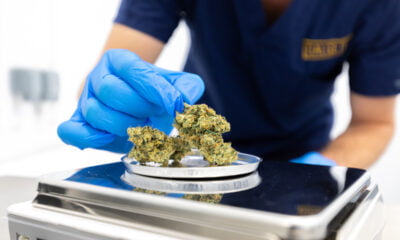
 Industry6 months ago
Industry6 months ago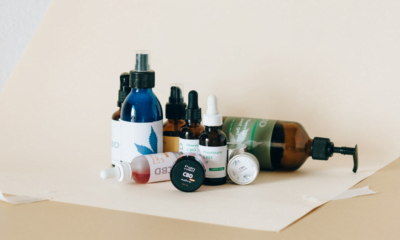
 News6 months ago
News6 months ago
 News5 months ago
News5 months ago
 News6 months ago
News6 months ago
 Science4 months ago
Science4 months ago
 Industry5 months ago
Industry5 months ago
 News5 months ago
News5 months ago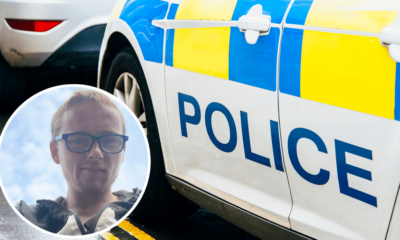
 Patients6 months ago
Patients6 months ago